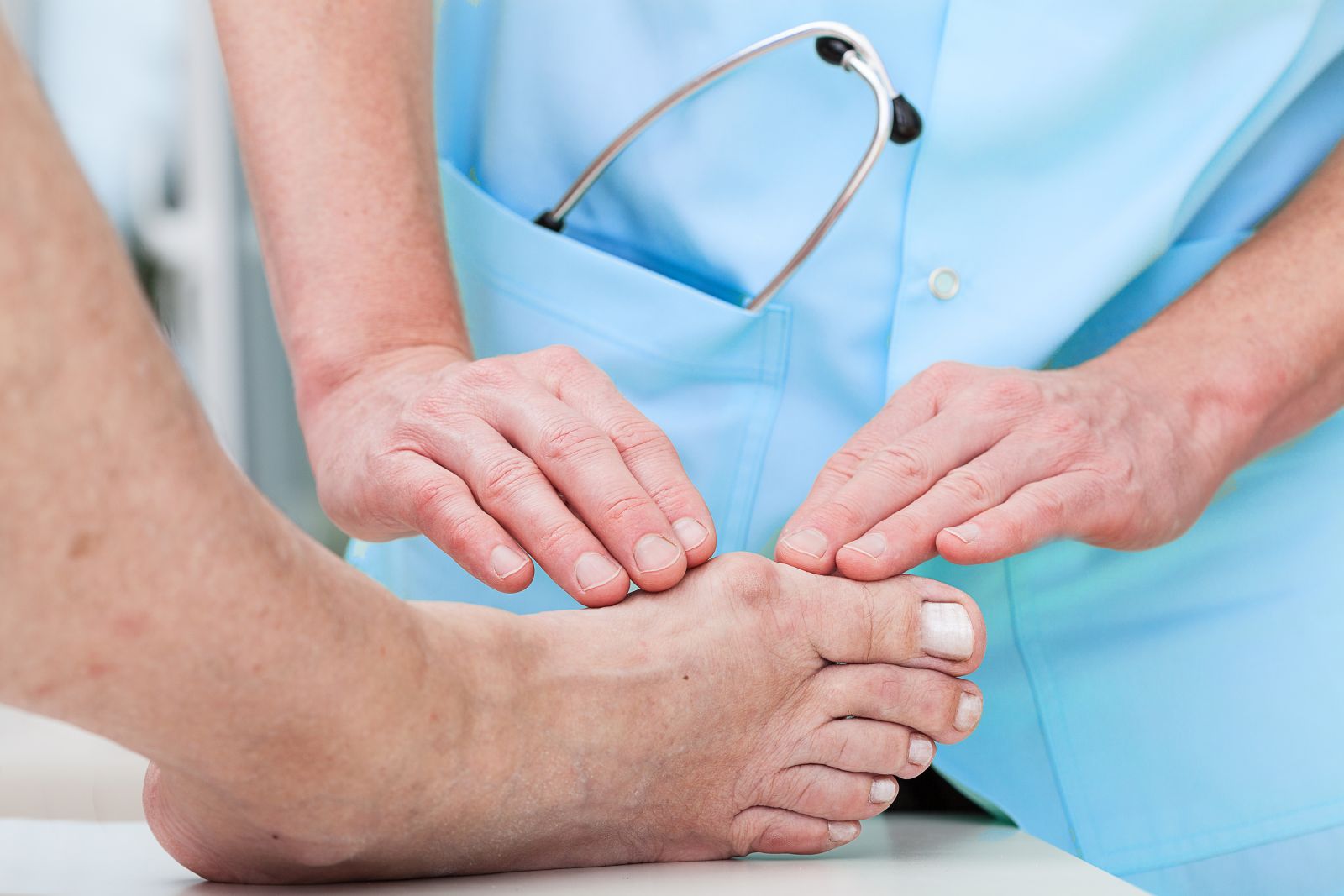A bunion is a bone disorder that affects the big toe. It results from the dislocation of the bones that are found in the front part of the foot. As a result, the big toe gets pulled in the direction of the smaller toes. When this happens, the joint of the bigger toe sticks out, causing the skin around it to be sore.
People who prefer wearing tight shoes are prone to bunions. Other causes of a bunion may be the shape of the foot or medical disorders like arthritis. Adolescents and adults are the most affected groups.
This article focuses on the causes, symptoms, and bunions treatment.
Causes
Many cases of bunions are inherited. Medical experts believe that the bone structure is genetically inherited. Bunions can also grow as a result of over-pronation. Over-pronation occurs when there is an uneven weight distribution on foot. The condition makes the bigger toe unstable. Other causes are hypermobility (having a big toe that is too flexible), foot injuries, medical disorders like arthritis, and other conditions that affect the muscles and nerves.
Although not proved, some experts argue that women who love high-heeled or slim shoes expose themselves to bunion growth often. These types of shoes trigger existing bunions.
Symptoms
The most common symptom is the presence of a hard bump on the bigger toe. Other symptoms associated with bunions include numbness on the bigger toe, swelling of the affected toe, the formation of thick skin on the affected area, movement restriction pain and soreness, and more.
The symptoms might worsen with the type of shoes worn and the number of hours spent while standing. If not attended to, bunions can lead to serious complications such as bursitis, hammertoe (unusual painful bending of the toes), calluses, extreme pain, walking difficulties, and arthritis. These complications can be avoided by wearing comfortable shoes.
Treatment
Two methods can be used for bunions treatment. These are prescribed medications and surgery.
Medications
Doctors can administer pain-killers such as ibuprofen. The pain relievers help to minimize pain and swelling. Other drugs, such as cortisone, can be administered via injections. The injections reduce pain in fluid-filled pads that act as shock absorbers.
Surgery
For people with complicated bunion symptoms, surgery may be required. Surgery might be recommended for people who experience intense pain that is resistant to other forms of treatment, people with severe deformity of the toes, and people whose toes can no longer move as a result of bunions. The main aim of surgery is to remove pain and realign the deformed bones. Surgery is used more to treat a bunion in adults than in young people. Full recovery after surgery can take up to six months with scheduled visits to a doctor.
Conclusion
For people affected with bunions at early stages, it is advisable to take the necessary precautions like wearing comfortable shoes. If the symptoms associated with bunions persist seek bunion treatment from a specialist. The specialist will advise on the best type of treatment between medications and surgery.

Leave a Reply